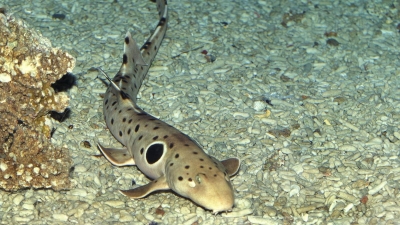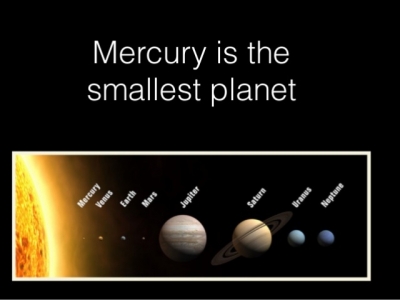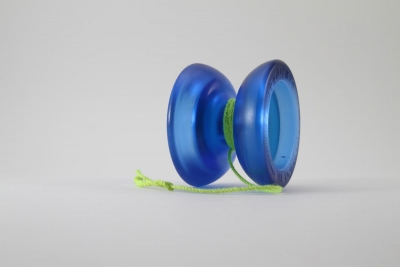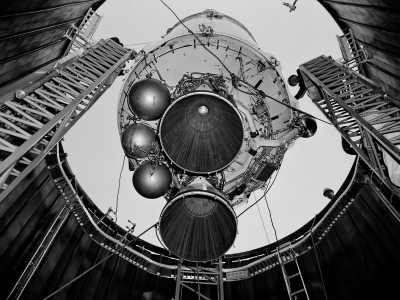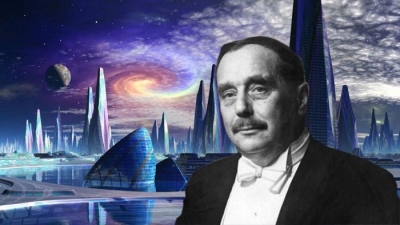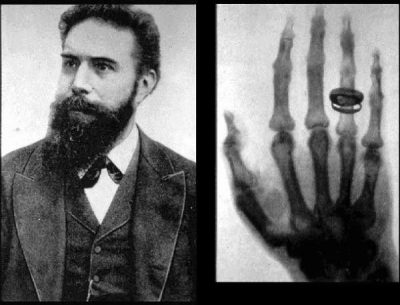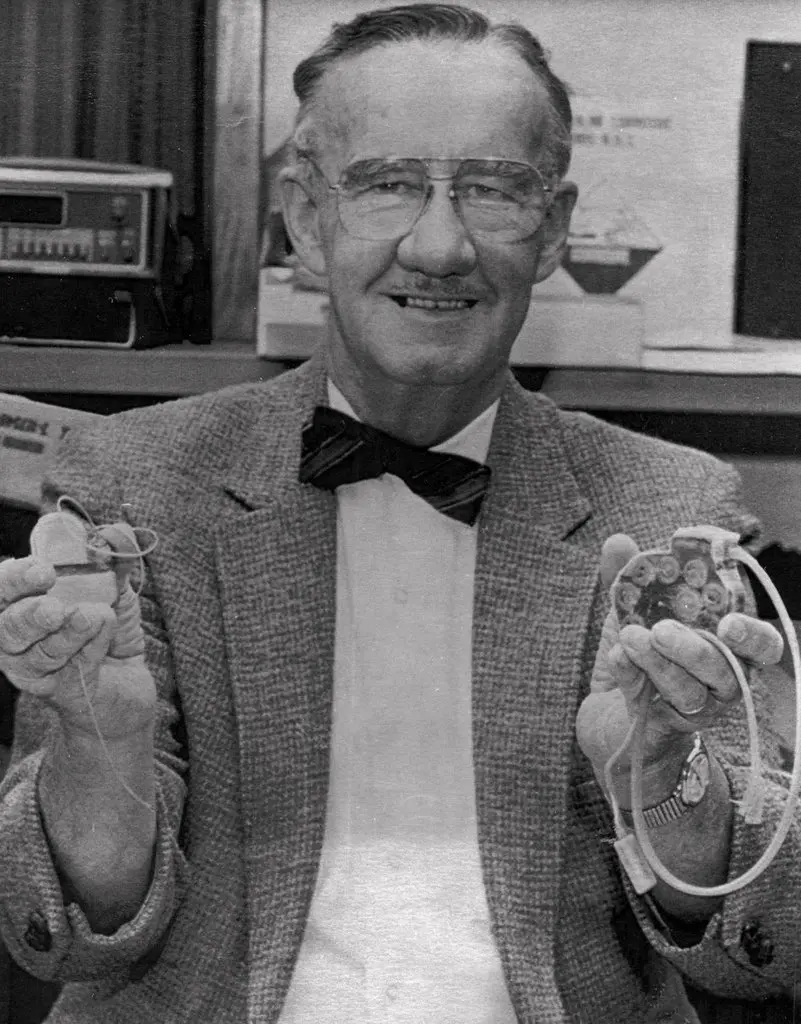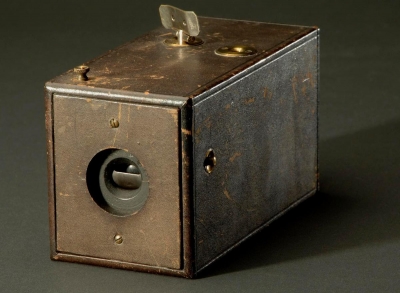
On September 4, 1888, American inventor George Eastman received a patent for "new and useful improvements" in cameras. On that same day, Eastman also registered the trademark for the name Kodak, a word now synonymous with photography.
What do you, or anyone for that matter, do when you need to capture a moment? You pick up a smartphone, open the camera app, try to best fit the moment you are capturing inside the frame, and tap on the button on the screen to click a photograph. It is as simple as that. With more and more people carrying smartphones these days and with even the basic models boasting a decent camera, amateur photography has been revolutionised like never before.
The first such massive change that promoted amateur photography on a large scale came about in 1888 with the advent of the first Kodak camera. A simple box camera pre-loaded with a 100-exposure roll of film, it made photography less cumbersome than ever before. The man who made it possible was American inventor George Eastman.
Born in 1854 in upstate New York, Eastman had humble beginnings. His father's death meant that he had to drop out of high school while still a teenager in order to support his family. Starting out as a messenger boy earning $3 a week, he went on to be hired as a junior clerk earning $15 a week at the Rochester Savings Bank in 1874.
The trip that didn't happen
It was in that same year that he was drawn towards photography. When he made travel plans, a colleague suggested that Eastman record his trip using a "photographic outfit”. Even though he eventually didn't make the trip, Eastman had purchased the "outfit and described it as "a pack-horse load”.
Apart from the fact that the camera was heavy and needed a tripod, Eastman would have also had to carry a tent and loads of equipment to develop the photographs if he had gone on the trip. Soon, Eastman was obsessed with the idea of making photography easier.
A company is born
Still holding on to his job at the bank, Eastman spent countless evenings and nights toiling away towards a solution. Realising that wet plates definitely weren't the way forward, Eastman invented and patented a dry plate formula. He went into the photographic business on a full-time basis, and the Eastman Dry Plate and Film Company was born.
More innovations followed as he began to look for new exposure methods. In order to replace the glass plates, he first came up with a light-sensitive, gelatin-coated paper that could be rolled onto a holder.
In 1888, Eastman introduced the first Kodak camera, which proved to be the first successful roll-film hand camera that came in a compact box with 100 exposures' worth of film. As the paper proved problematic, Eastman, along with young research chemist Henry Reichenbach, experimented further until they hit upon the possibility of flexible rolls of sensitised celluloid. At around the same time, another American Hannibal Goodwin independently arrived at celluloid-based camera films, resulting in lengthy patent wars between the parties that was belatedly settled in Goodwin's favour.
On September 4, 1888, just months after the public release of the camera, Eastman received a patent for "new and useful improvements" in cameras. That very day. Eastman also registered the trademark for the Kodak name.
"We do the rest"
Bolstered by the introduction of the film rolls, the Kodak cameras became a runaway success. An advertising campaign was introduced with the slogan "You press the button, we do the rest." This was exactly how things panned out as users sent the entire camera back to the manufacturer for developing, printing, and reloading once the film was entirely used up.
Quick to spot an opportunity, Eastman changed the name of his company from Eastman Dry Plate and Film Company to Eastman Kodak Company in 1892. By the time he died aged Eastman Kodak dominated the industry in the U.S. and across the world. It still remains one of the best recognised names in the field, with the word Kodak becoming synonymous to photography.
Apart from being an inventor and innovator, Eastman was also far ahead of his time in various other ways. As a philanthropist, Eastman gave away much of the fortune that he created while still alive to many beneficiaries, including universities. As a businessman, he was among the first to introduce profit sharing as an incentive to employees. But then, he will forever be remembered as the one who placed the power of photography within the grasp of anyone who could just press a button. That button is now more accessible than ever before.
Picture Credit : Google
